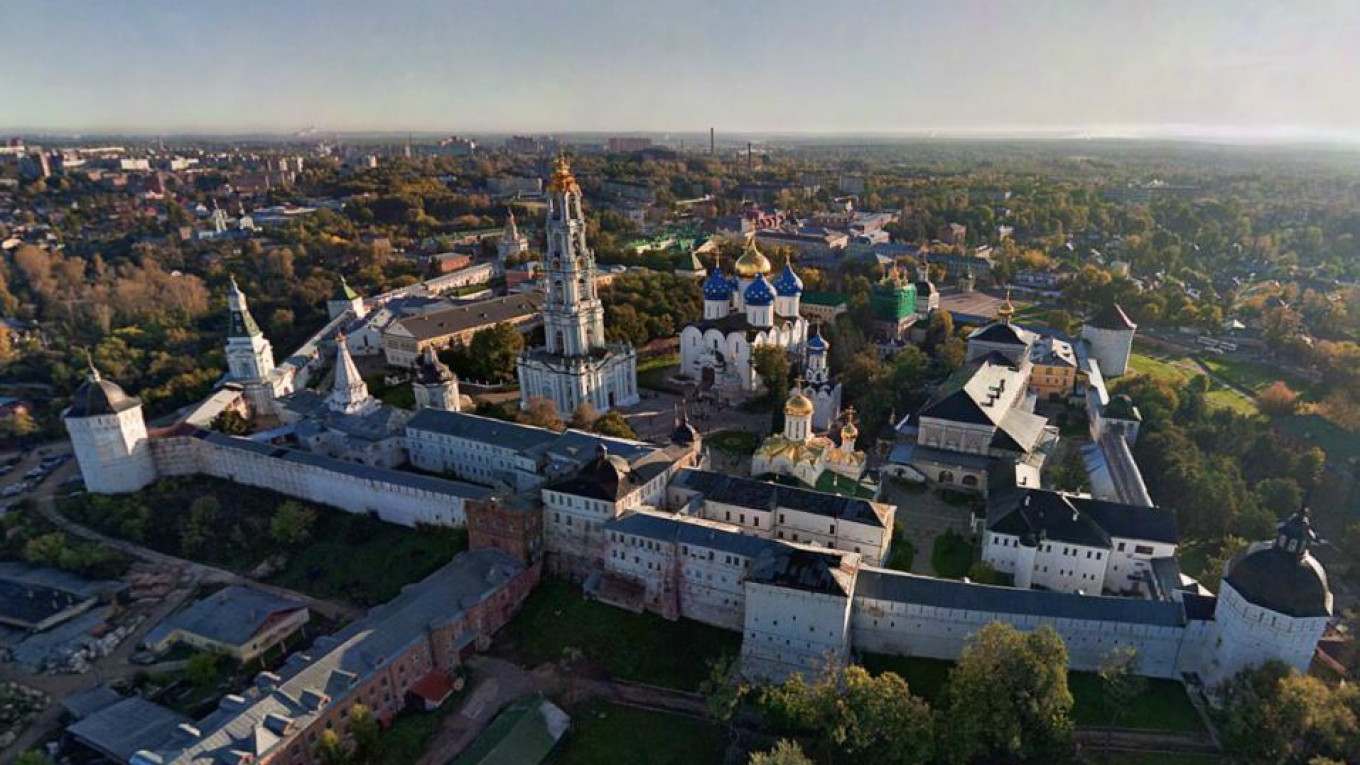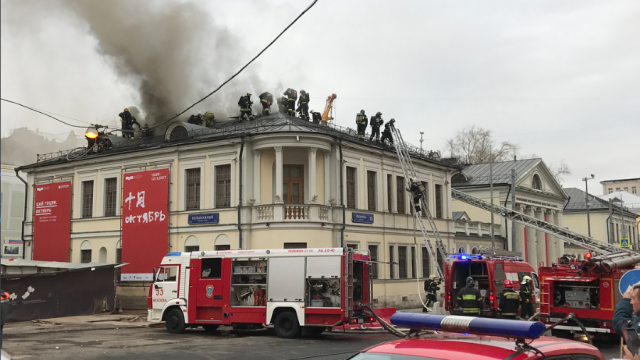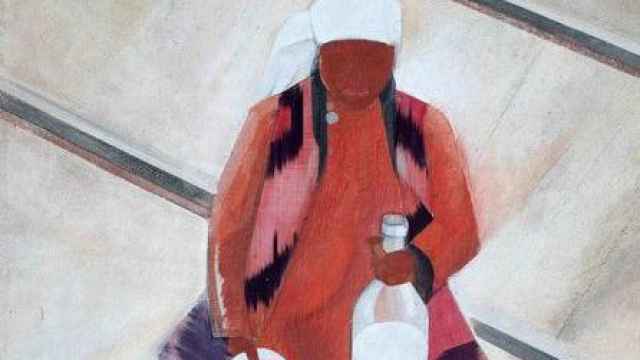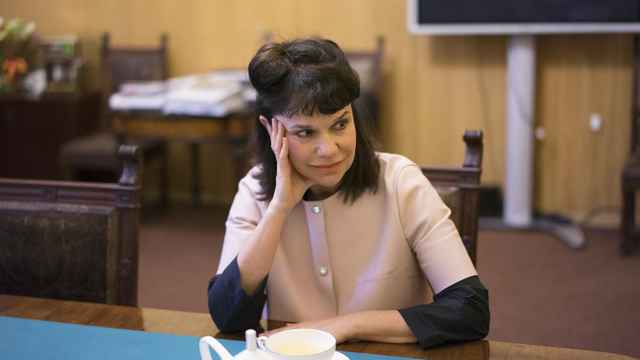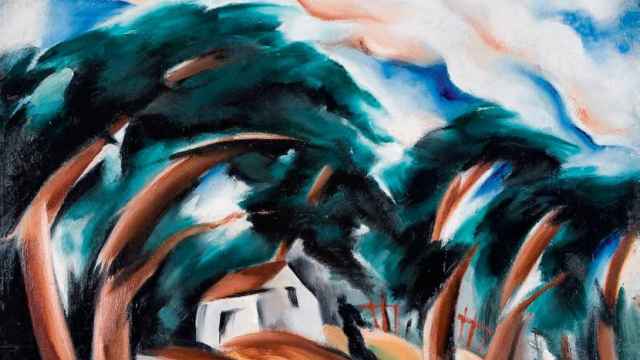Sergiev Posad
Russia’s largest monastery
Sergiev Posad is the only Golden Ring site within the Moscow region, just 70 kilometers north of the capital. The main sight here is the Trinity Lavra of St. Sergius, a UNESCO World Heritage site, the largest working monastery in Russia and the official residence of the Patriarch. The Lavra was founded in the middle of the 14th century by Sergius of Radonezh, one of the most revered Russian saints. The oldest church is the Trinity Cathedral, built in the 15th century. The other two architectural masterpieces are the Assumption Cathedral with its star-spangled blue domes and the Baroque refectory building. If you happen to visit during the service make sure you are dressed modestly and keep silent.
Sergiev Posad is served by a direct express line from Yaroslavsky Railway Station.
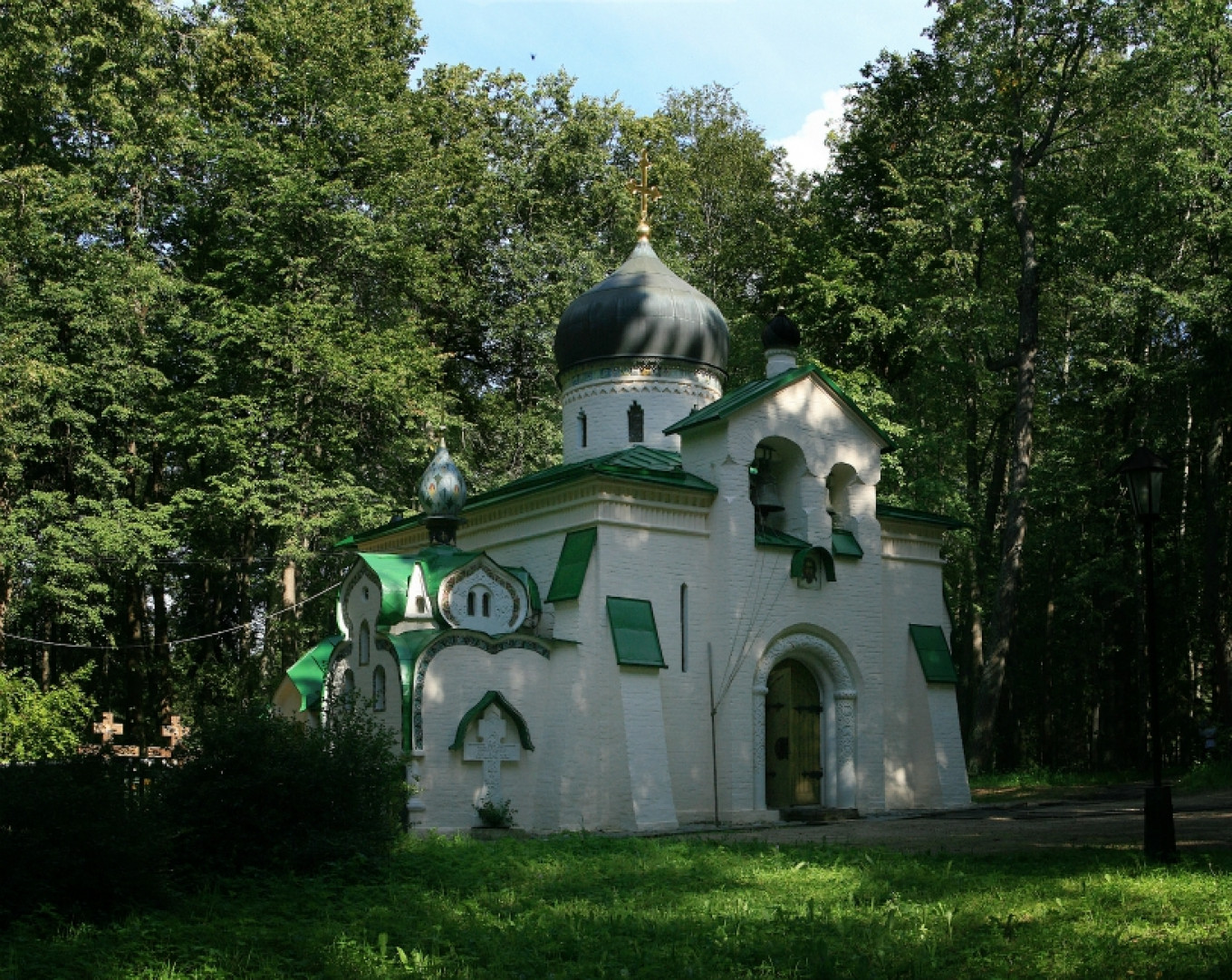
Abramtsevo
A rural 19th-century artists' colony
The Abramtsevo Estate, also known as Abramtsevo Colony, was the center of the Slavophile movement in the early 19th century, as its original owner was Sergei Aksakov, one of its leading figures. After Aksakov’s death the estate was bought by industrialist Savva Morozov, a patron of the arts, who turned Abramtsevo into an artists’ colony. Among its well-known residents were Valentin Serov, Ilya Repin, Isaac Levitan, Vasily Polenov, Viktor Vasnetsov and Mikhail Vrubel. You can see their paintings and works of other residents of Abramtsevo at the main exhibition there. Don’t miss the small church designed by Viktor Vasnetsov in Russian Art Deco style.
Abramtsevo is just 60 kilometers away from Moscow. Take a train from Yaroslavsky Railway Station to Khotkovo and then take bus #55. Or get off at Abramtsevo and follow the picturesque path through the forest on the left of the tracks.
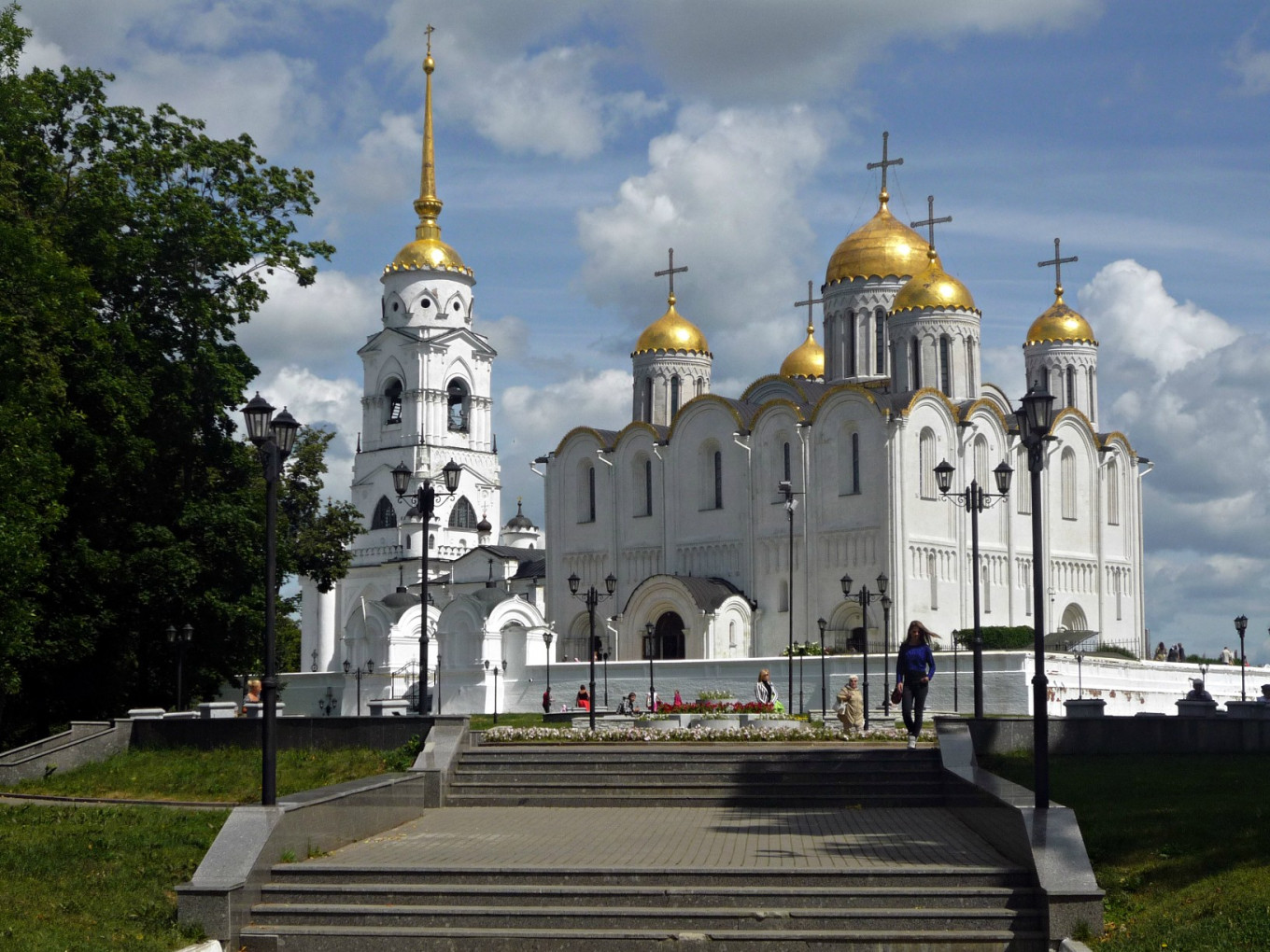
Vladimir
City of white stone churches
Now just a provincial backwater, Vladimir was a political and cultural powerhouse back in the 12th century, when Grand Prince Andrei Bogolyubsky made it his capital. When you exit the Constructivist train station, all you see is post-industrial desolation. But once you climb the hill, you will see a very different Vladimir, one that is undisputedly part of the Golden Ring of ancient cities north and east of Moscow. Most of the sights are located along Bolshaya Moskovskaya Ulitsa, so start by checking out the Planetarium here. Located in a former church, it is a real temple of science. Then continue on to the two UNESCO World Heritage sites: the Cathedral of St. Demetrius with its detailed stone carvings, and the Assumption Cathedral, with its frescoes by the great Russian icon-painter Andrei Rublyov. Further down the street is the 12th-century Golden Gate, where you can climb the tower.
Take a two-hour express train from Kursky Railway Station.
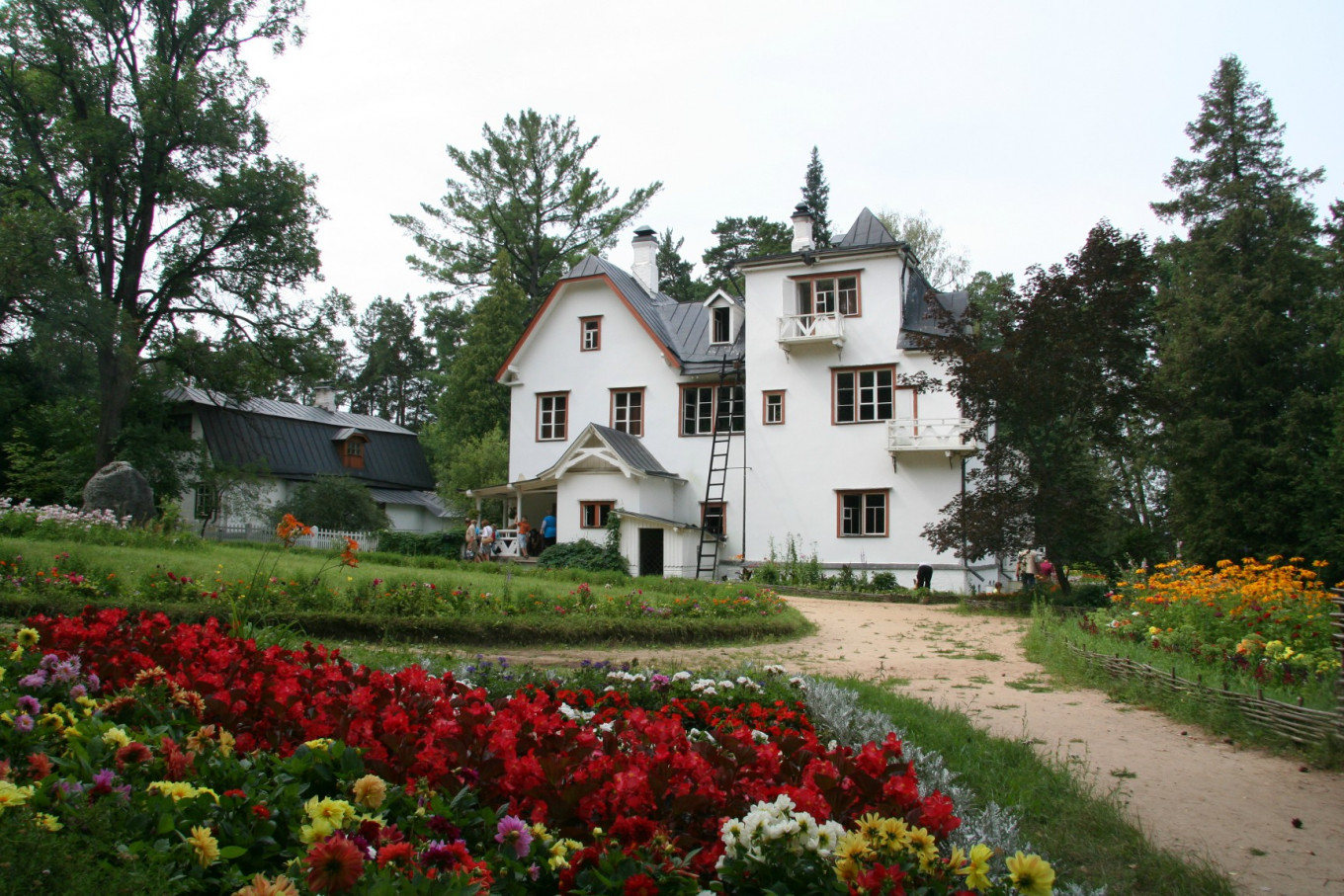
Polenovo
Painter's estate south of the city
Prominent Russian painter Vasily Polenov, a member of the “Wanderers” (Peredvizhniki) group of realist painters, settled on the Oka River near Tarusa in the 1890s. He designed all the buildings on the estate, as well as a church in the nearby village of Bekhovo, a rare example of Russian Art Nouveau. The Vasily Polenov Estate is the only Russian museum to be completely directed by the artist’s' descendants. This summer you can see the “Vasily Polenov in the Holy Land” exhibition – works inspired by the painter's trips to the Middle East, including both landscapes and New Testament-themed paintings. It's part of a summer arts festival titled “In Search of the Promised Land,” which also includes readings, concerts and lectures.
Take a Moscow-Tula train from Kursky Railway Station to Tarusskaya, then take the Tarusa-Velegozh bus and get off at Strakhovo.
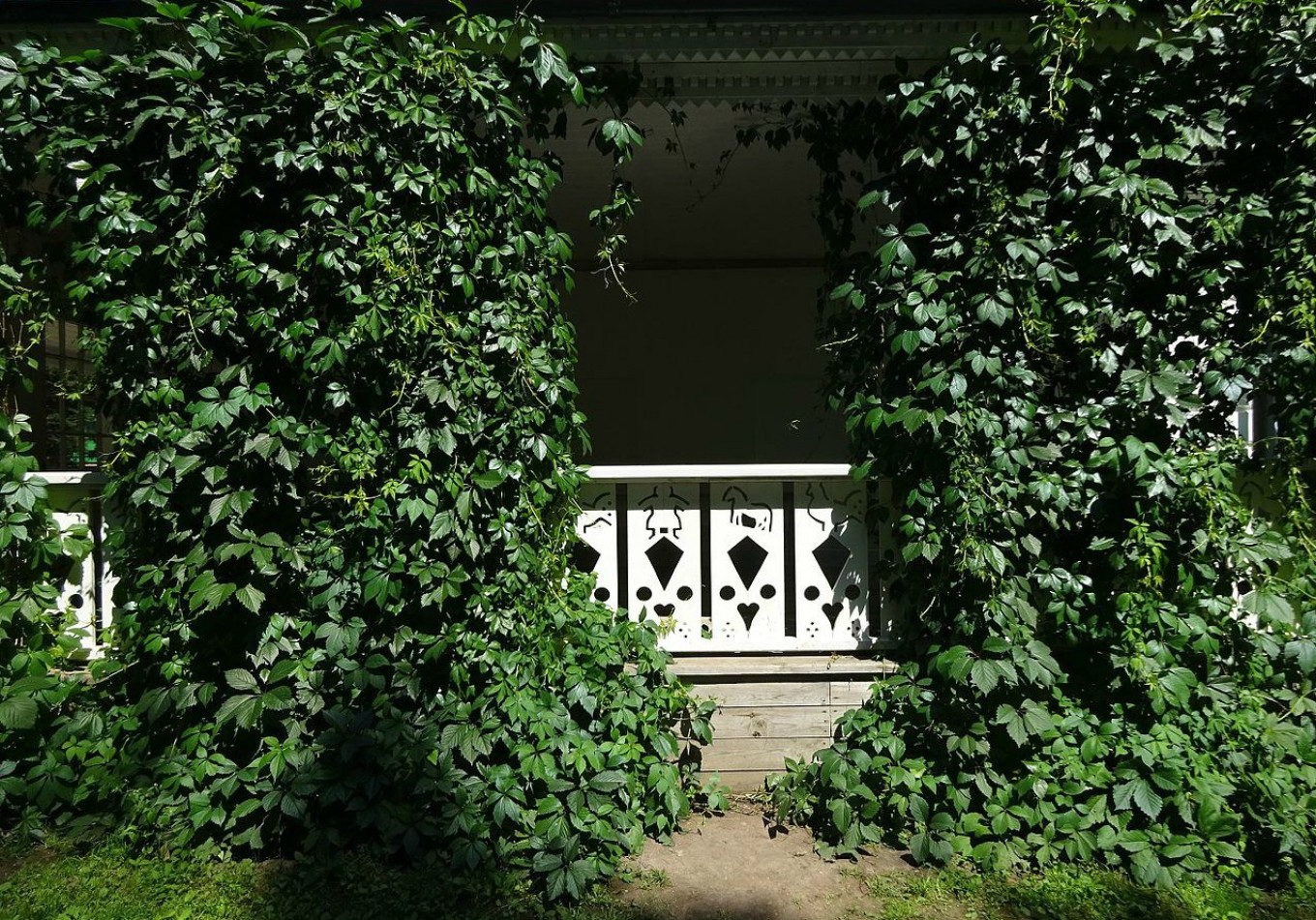
Yasnaya Polyana
Where art meets literature
Yasnaya Polyana is the ancestral estate of Leo Tolstoy, who wrote "War & Peace" and "Anna Karenina" there. It's now a museum devoted to keeping everything exactly was it was in 1910, the year of the writer's death. Tolstoy's house is still in pristine condition, with its famous wood-carved patio and book-filled library, as well as paintings by Ilya Repin, Valentin Serov, Ivan Kramskoi and many others. Walk through the forest to pay your respects at Tolstoy's resting place or have a little picnic by one of the many ponds. The annual Tolstoy Weekend theater festival takes place in the Yasnaya Polyana grounds.
Take the express train to Tula from from Kursky Railway Station, then a bus to Yasnaya Polyana (30 min.)
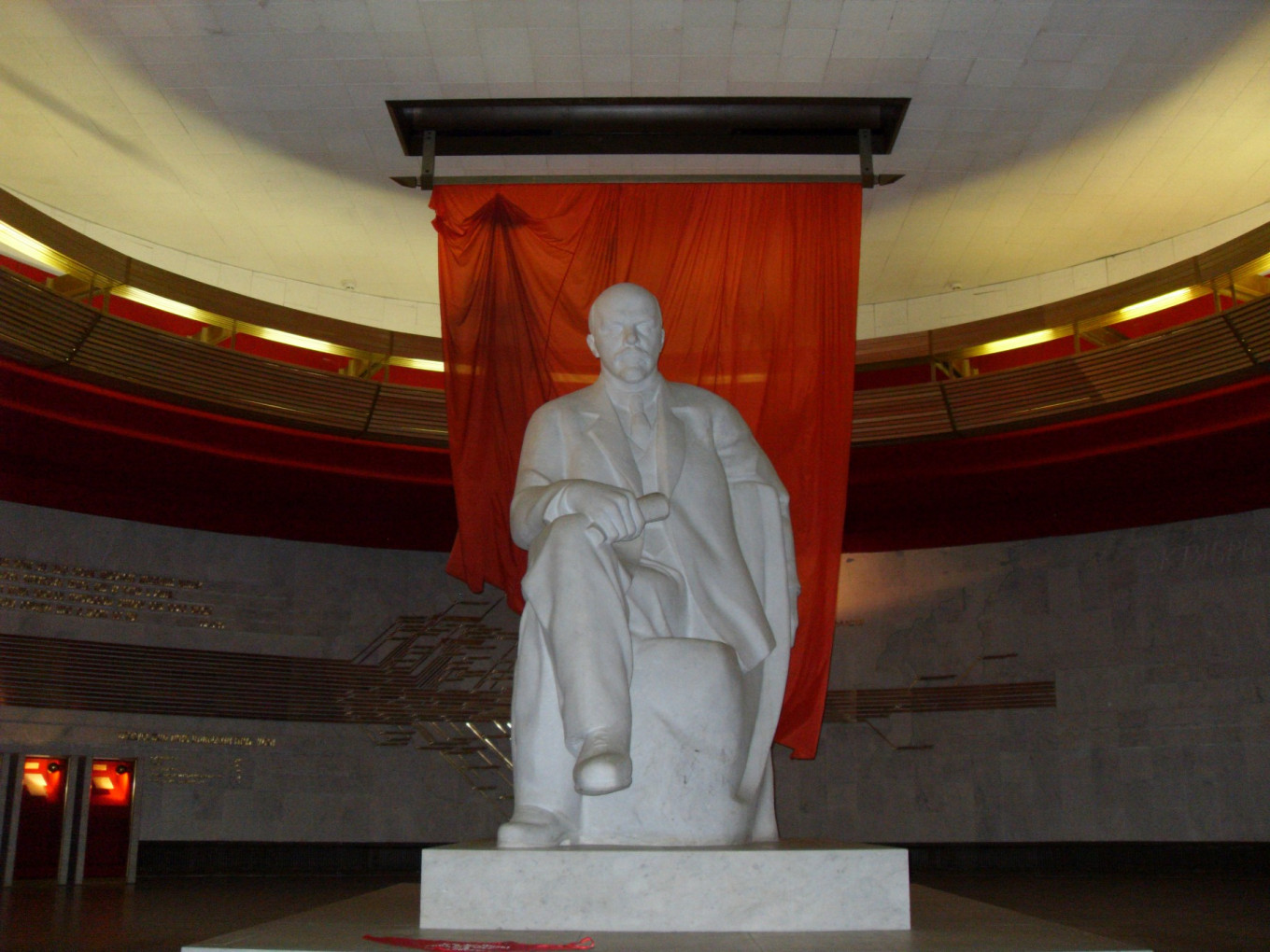
Leninskiye Gorki
Time machine to the Soviet era and beyond
Right at the entrance to this settlement outside Moscow is the Lenin Museum, a cross between an ancient temple and Soviet Constructivism, built by Leonid Pavlov in 1987. Behind it is an exhibition of “monumental propaganda” – dozens of white sculptures of Lenin, Stalin and other revolutionary leaders. The main attraction is the mansion where Lenin spent his final days. Renovated by architect Fyodor Shekhtel, it contains Lenin’s death mask and lots of fancy furniture. Also check out a recreation of Lenin’s Kremlin office in one of the estate buildings, as well as the burial mounds of the Vyatichi, a Slavic tribe that inhabited the area in the 9th-12th centuries.
Go to the Domodedovskaya metro station, then take a taxi to Gorki (about 20 minutes).
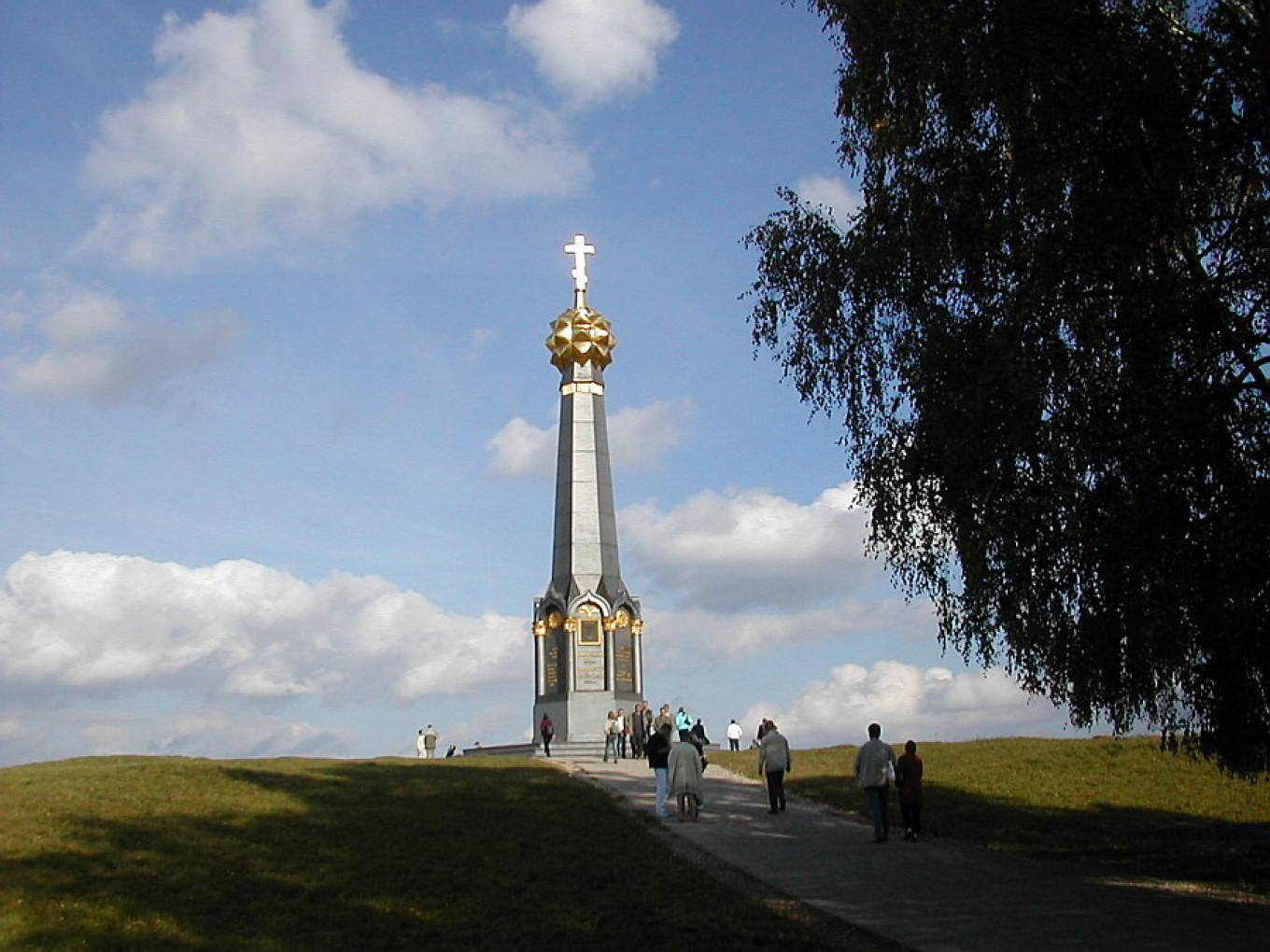
Borodino
Relieve Napoleonic history at this battlefield
On September 7, 1812, after months retreating before the advance of Napoleon’s Grande Armee, Russian commander Mikhail Kutuzov decided to take a stand in this village west of Moscow. After a bloody battle that took 70,000 lives, the Russians were forced to withdraw, but this pyrrhic victory was essentially the beginning of the end for the French army. Today war memorials (including from WWII) are scattered over a huge area and a day can be spent exploring the countryside here. Visit the Borodino Museum, the command posts of Napoleon and Kutuzov, as well as the Rayevsky redoubt, scene of the battle’s most intense fighting.
Trains to Borodino depart 10 times daily from Moscow’s Belorussky Railway Station (2 hours 15 minutes). Borodino is the stop after Mozhaisk.
A Message from The Moscow Times:
Dear readers,
We are facing unprecedented challenges. Russia's Prosecutor General's Office has designated The Moscow Times as an "undesirable" organization, criminalizing our work and putting our staff at risk of prosecution. This follows our earlier unjust labeling as a "foreign agent."
These actions are direct attempts to silence independent journalism in Russia. The authorities claim our work "discredits the decisions of the Russian leadership." We see things differently: we strive to provide accurate, unbiased reporting on Russia.
We, the journalists of The Moscow Times, refuse to be silenced. But to continue our work, we need your help.
Your support, no matter how small, makes a world of difference. If you can, please support us monthly starting from just $2. It's quick to set up, and every contribution makes a significant impact.
By supporting The Moscow Times, you're defending open, independent journalism in the face of repression. Thank you for standing with us.
Remind me later.


